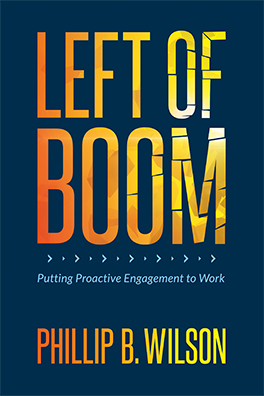We’ve talked plenty about how Gen Z workers are likely to be “union curious,” making them ideal targets for Big Labor. These workers are also less likely to have parents who have been union members and could speak to the downsides of living under a union constitution.
That cyclical development surely influenced an infamous 2021 Gallup poll saying that 77 percent of workers under 34 feel favorable about unions. This sentiment hit while Starbucks Workers United launched their four-year nationwide drive that still hasn’t yielded a contract. Even worse, the so-called “Union Generation,” as they have been referred to by the Center for American Progress, could feel negative, far-reaching effects from this union fever.
The Wage Premium Illusion
The Mercatus Center recently analyzed 147 studies and concluded that unions harm workers, not only through a monopolistic structure but also by stagnating long-term wages after short-term gains “won” during contract negotiations. That is to say, the “labor union wage premium” has declined to where it’s negligible or zero. Multi-year union contracts also cause inflexibility that prohibits employers from giving raises unless they have union permission to do so.
The Mercatus Center did further leg work on how aggressive union tactics can force companies to relocate to more business-friendly states or regions, as was the case with many Rust Belt manufacturers. Gen Z workers can lack the historical context to realize this danger, and they could learn this the hard way after unions again don’t create prosperity but instead push opportunities away.
When Wins Become Big Losses
Union bosses are always quick to claim “wins” without concerning themselves with the fallout of layoffs. That was the case with the Teamsters’ most recent UPS contract, which included significant wage increases without regard to market conditions, a combination that led to buyout offers and facility closures. Unions then overwhelmingly claim “corporate greed” when contracts push labor costs to such a degree that layoffs are inevitable.
Sure enough, Teamsters chief Sean O’Brien has repeatedly pointed the finger at UPS for the layoffs. In response to a recent Wall Street Journal’s editorial board piece that criticized the “Bad Teamsters Bargain With UPS,” O’Brien penned his own fiery op-ed denying that his union could possibly have any responsibility for job losses.
As much as unions love to project blame, companies do have to stay in business and must contain costs to remain financially viable. It’s a sadly predictable pattern that tends to follow bargaining table “victories,” which later backfire on union members.
Union Seniority Systems Backfire On Younger Workers
Union pay structures and “job security” frequently prioritize seniority over skill development and job performance. This can harm younger workers in obvious ways, like “last in, first out” union contract clauses.
This also means that union pay structures and seniority clauses can artificially inflate wages for senior workers, encouraging them to stay put and making it more difficult for younger workers to advance. Union-negotiated “job protections” also complicate procedures for employers to remove workers who don’t perform well, further putting high-performing Gen-Z-ers at a disadvantage for career development.
Gen Z Workers Deserve a Better Path Forward
Clearly, unions prioritize short-term gains to the detriment of members’ long-term opportunities. The current historical cycle has also left Gen Z workers without the life experience and reference points that help them avoid the union trap that historically devastated industries.
It’s further unfair to these workers, who will someday be tasked with supporting an economy, to be supporting union bureaucrats who raid the cookie jar to fund their lavish lifestyles. Gen Z has enough to worry about–a volatile economy, rising inflation, and a challenging job market–without unions worsening conditions for them in the long run.






